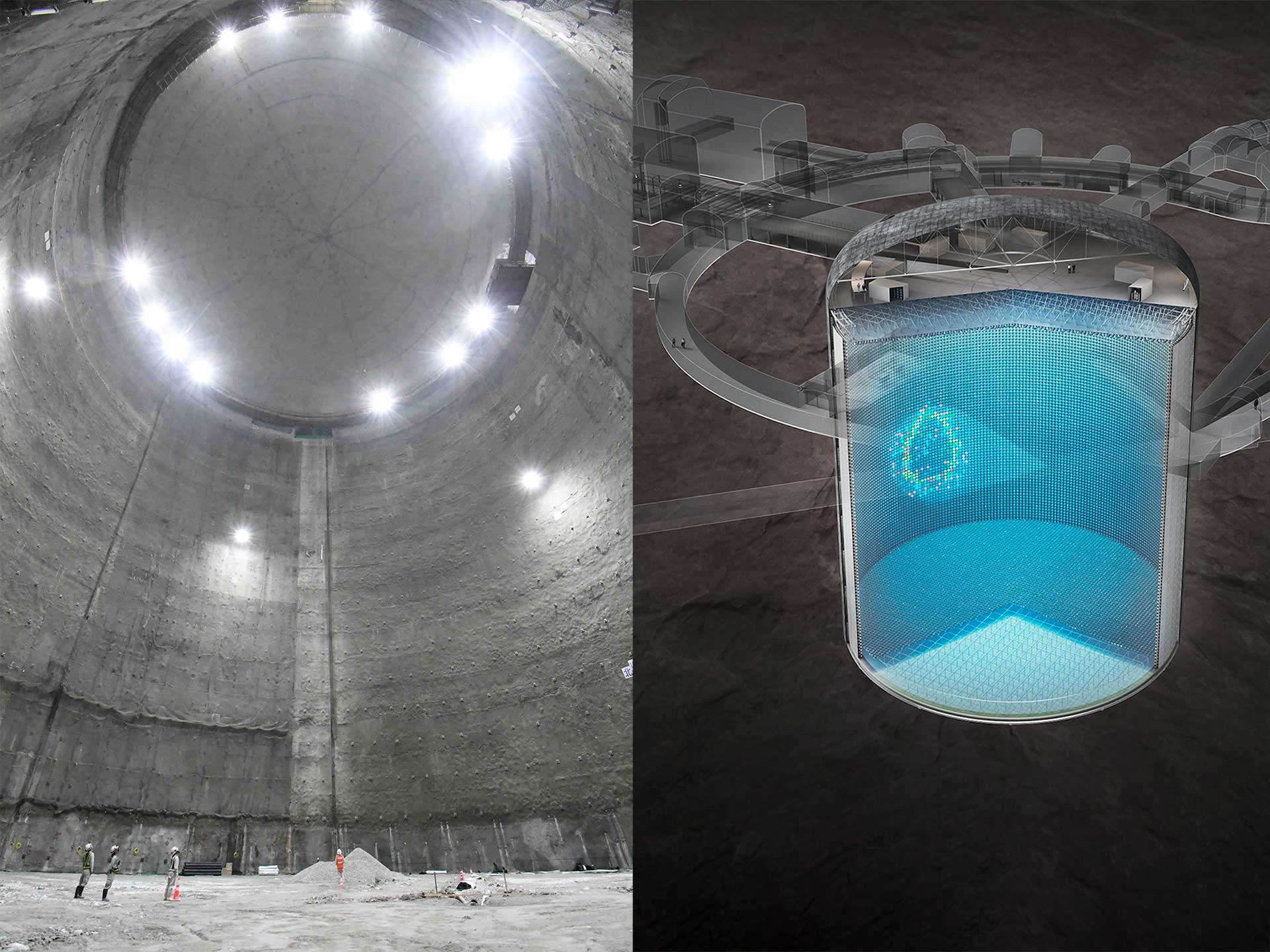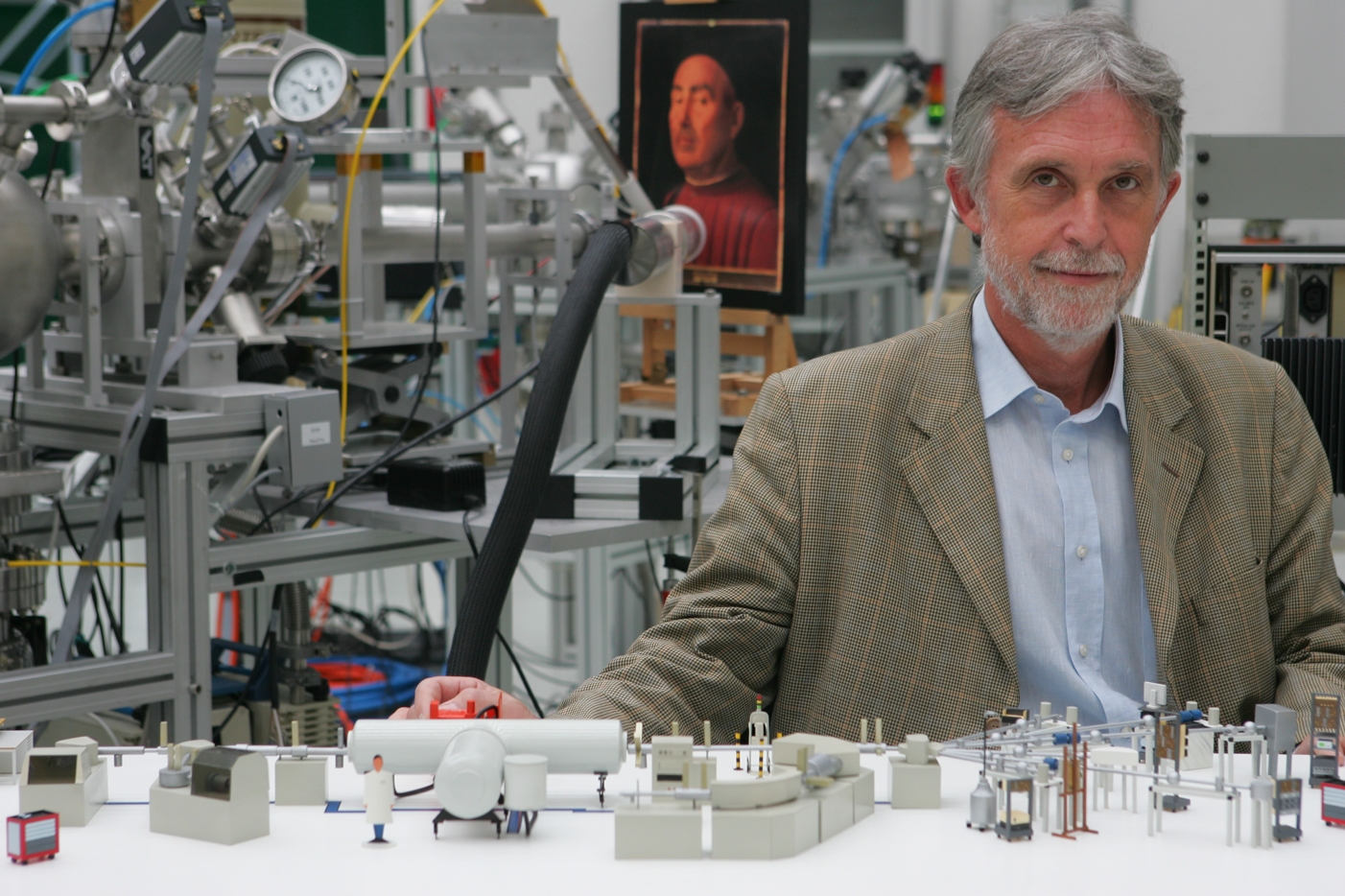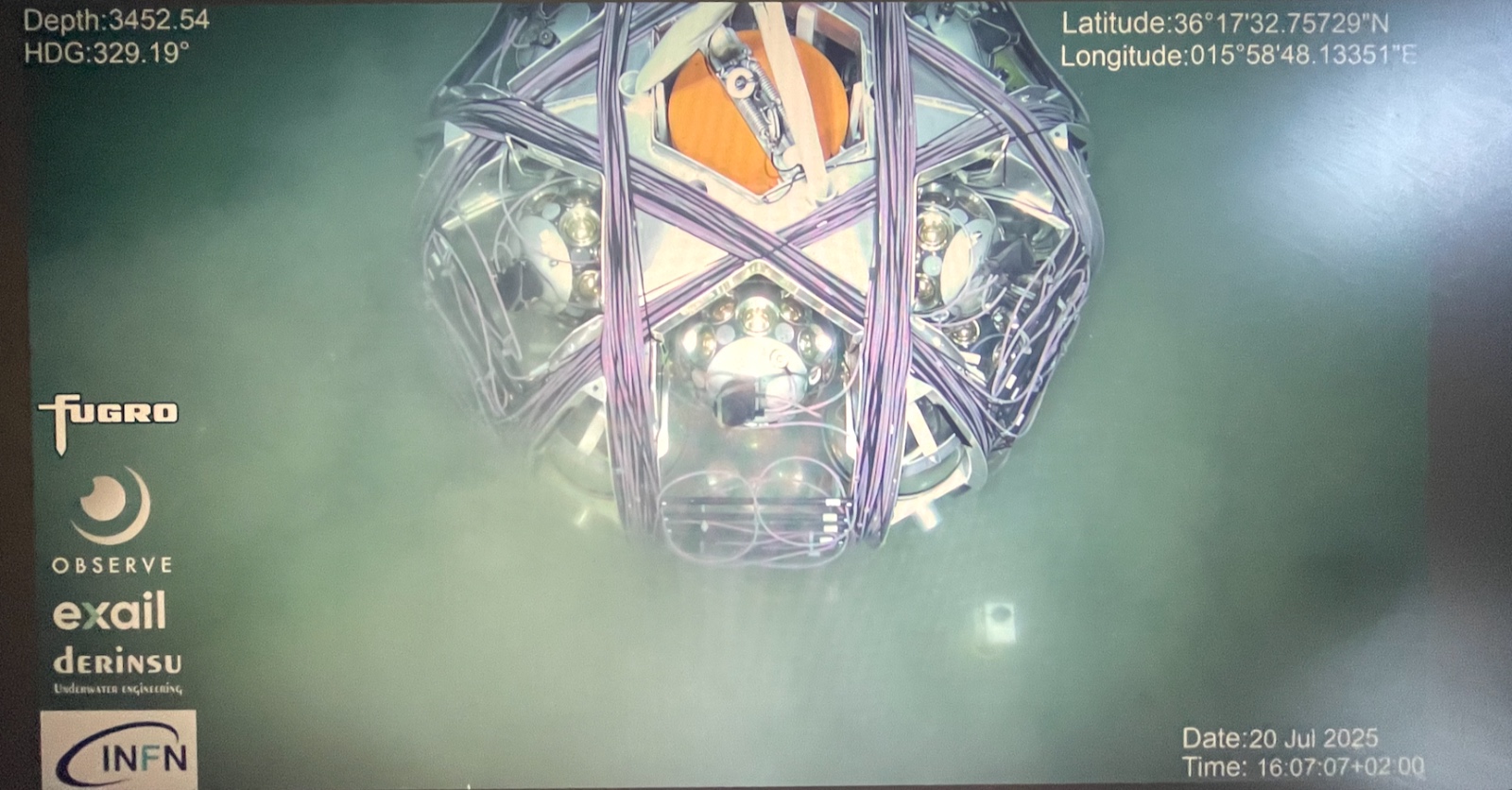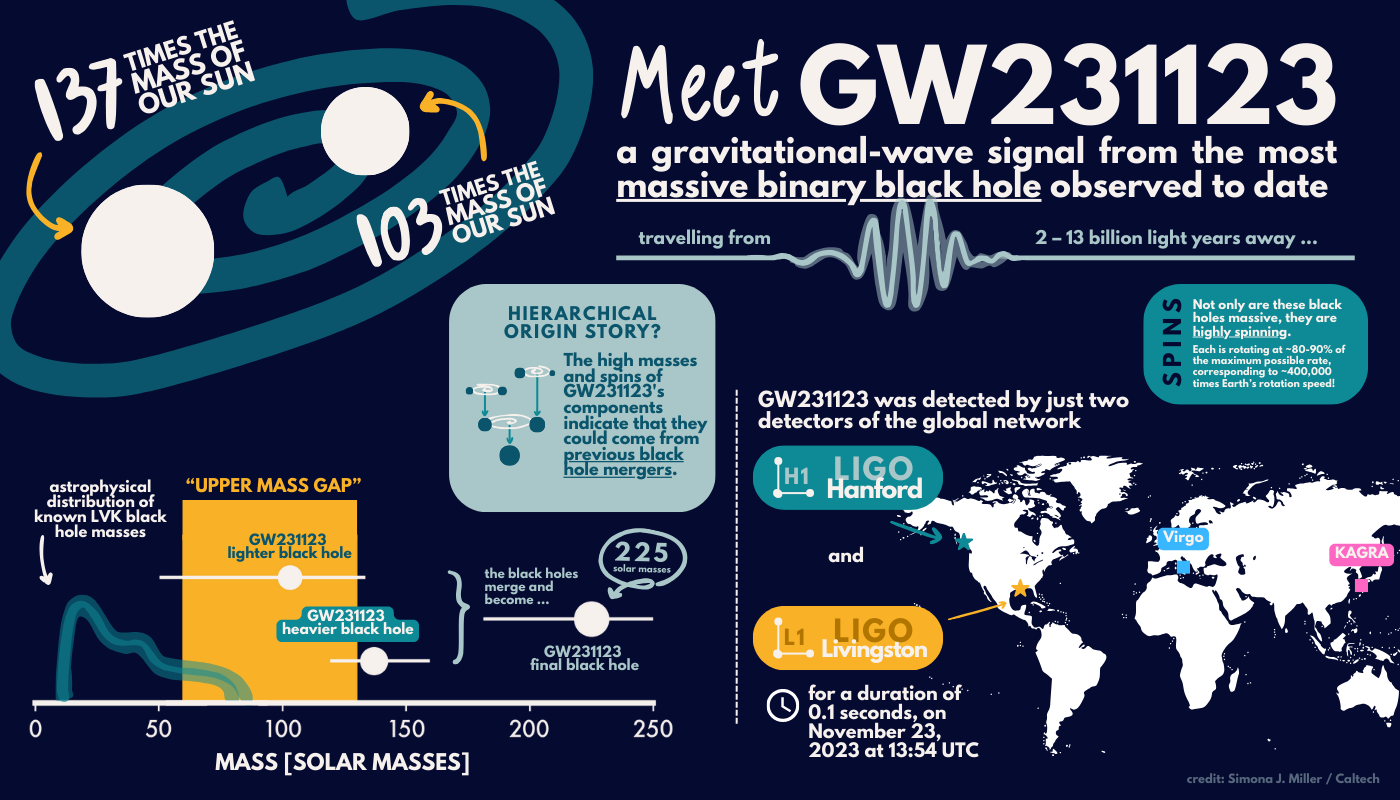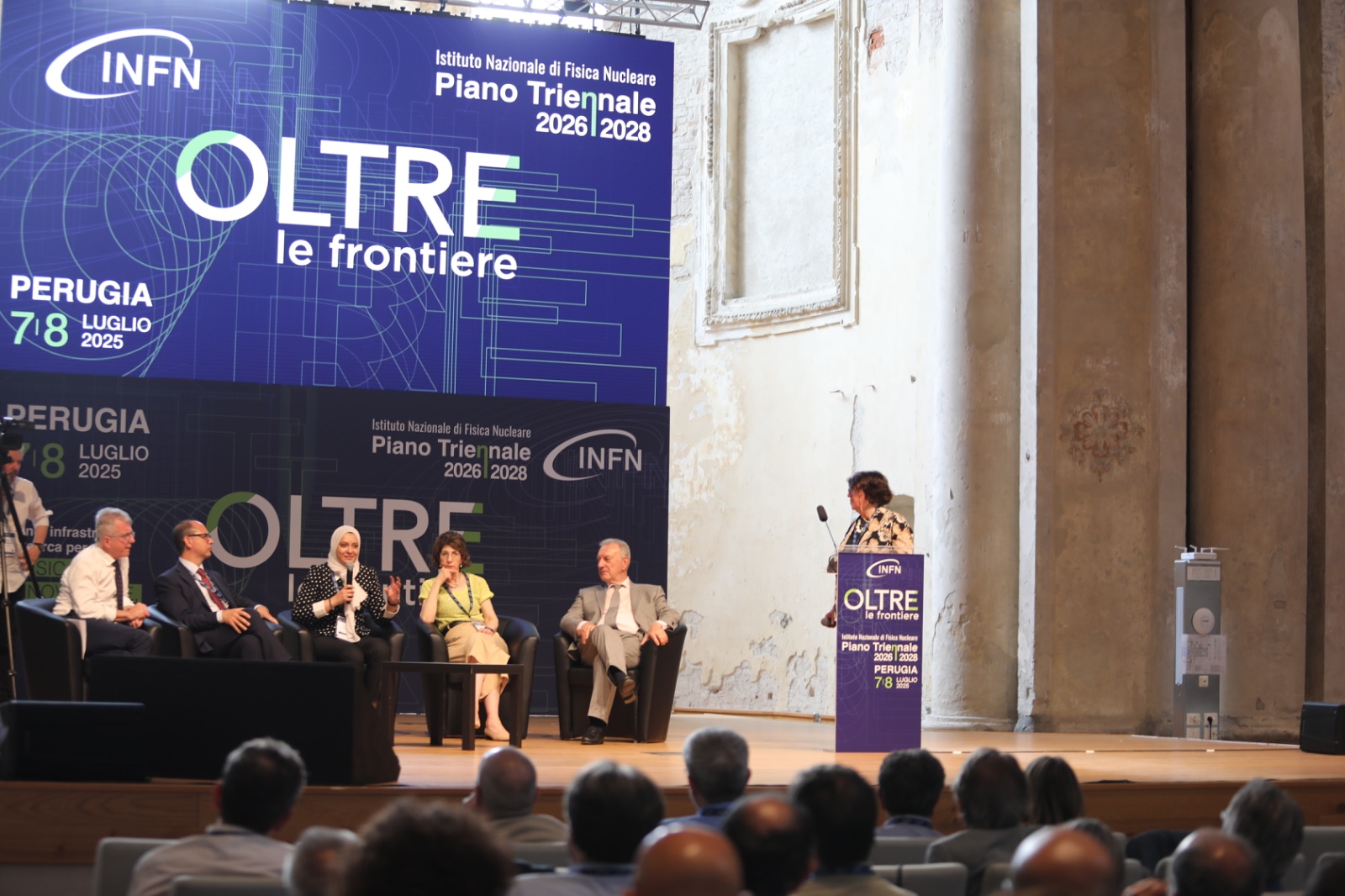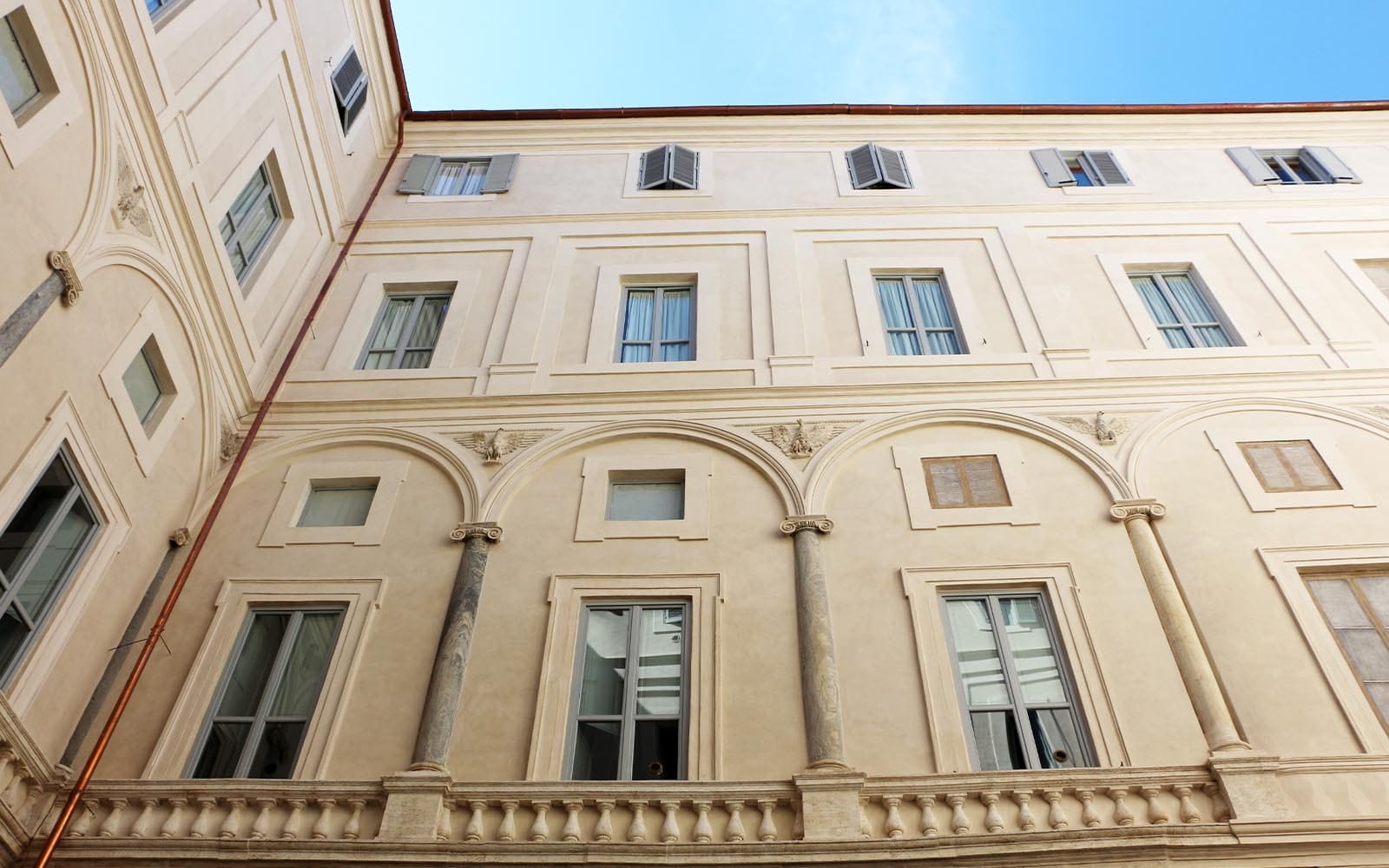 The 2017 Nobel Prize for Physics has been awarded to Barry Barish and Kip S. Thorne, both from Calthech, and Rainer Weiss from MIT, for their role in the discovery of gravitational waves, as promoters and founders of the LIGO (Laser Interferometer Gravitational-Wave Observatory) instruments, thanks to which the first measurement of gravitational waves was made on 14 September 2015, a century after their theoretical prediction in Albert Einstein’s general relativity. The announcement of the historic discovery of gravitational waves was made by the scientific collaborations LIGO and VIRGO, in which Italy participates with the INFN, on 11 February 2016, during two joint press conferences, in the United States in Washington at the headquarters of the National Science Foundation (NSF), which finances the LIGO project, and in Italy at Cascina, where the European Gravitational Observatory (EGO) is located. The first detection of gravitational waves took place on 15 September 2015 by the twin Advanced LIGO interferometers in the United States. During the following observation period, two further detections were announced. As from 1 August 2017, the VIRGO interferometer joined the two of LIGO in data collection: this led to a new observation of gravitational waves, announced on 27 September 2017, during a joint press conference of the LIGO-VIRGO collaborations that took place at G7 Science in Turin. With this first three-instrument detection, which allows the source of the gravitational waves to be located with unprecedented precision, we thus entered the era of the era gravitational astronomy, a completely new way of studying our universe.
The 2017 Nobel Prize for Physics has been awarded to Barry Barish and Kip S. Thorne, both from Calthech, and Rainer Weiss from MIT, for their role in the discovery of gravitational waves, as promoters and founders of the LIGO (Laser Interferometer Gravitational-Wave Observatory) instruments, thanks to which the first measurement of gravitational waves was made on 14 September 2015, a century after their theoretical prediction in Albert Einstein’s general relativity. The announcement of the historic discovery of gravitational waves was made by the scientific collaborations LIGO and VIRGO, in which Italy participates with the INFN, on 11 February 2016, during two joint press conferences, in the United States in Washington at the headquarters of the National Science Foundation (NSF), which finances the LIGO project, and in Italy at Cascina, where the European Gravitational Observatory (EGO) is located. The first detection of gravitational waves took place on 15 September 2015 by the twin Advanced LIGO interferometers in the United States. During the following observation period, two further detections were announced. As from 1 August 2017, the VIRGO interferometer joined the two of LIGO in data collection: this led to a new observation of gravitational waves, announced on 27 September 2017, during a joint press conference of the LIGO-VIRGO collaborations that took place at G7 Science in Turin. With this first three-instrument detection, which allows the source of the gravitational waves to be located with unprecedented precision, we thus entered the era of the era gravitational astronomy, a completely new way of studying our universe.
3 Ottobre 2017
